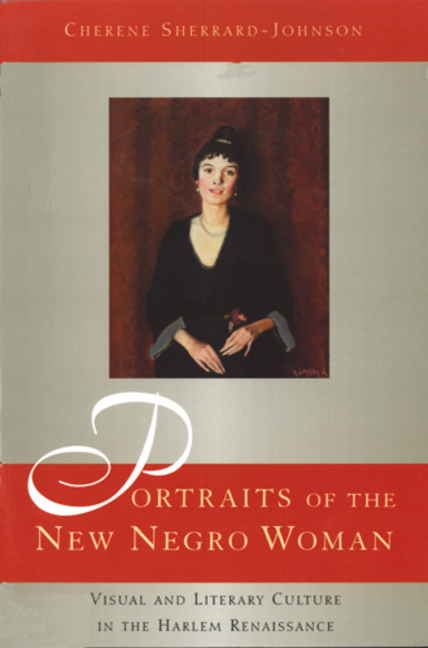Amalgamation and Hypodescent: The Question of Ethnoracial Mixture in the History of the United States
The American Historical Review
Volume 108, Number 5 (December 2003)
pages 1363-1390
David A. Hollinger, Preston Hotchkis Professor of American History
University of California at Berkeley
In the middle of a July night in 1958, a couple living in a small town in Virginia were awakened when a party of local police officers walked into their bedroom and arrested them for a felony violation of Virginia’s miscegenation statute. The couple had been married in the District of Columbia, which did allow blacks and whites to marry each other, but the two Virginians were subsequently found guilty of violating the statute’s prohibition on marrying out of state with the intent of circumventing Virginia law.
That same summer, Hannah Arendt, the distinguished political theorist, an émigré from Hitler’s Germany then living in New York City, was writing an essay on school integration. That issue had been brought to flashpoint the previous year in Little Rock, Arkansas, by President Eisenhower’s use of federal troops to enforce the ruling of the U.S. Supreme Court that public schools were no longer to be racially segregated. But Arendt used her essay on school integration, which had been commissioned by the editors of Commentary, to talk also about miscegenation laws. Arendt seems not to have known of what was happening in Virginia that summer to Richard and Mildred Loving, the couple whose last name was such a fitting emblem for a relationship that was being denied the sanction of law. But Arendt insisted that, whatever the injustice entailed by the segregation of public schools, a deeper injustice by far was any restriction on an individual’s choice of a spouse. The laws that make “mixed marriage a criminal offense,” Arendt declared, were “the most outrageous” of the racist regulations then in effect in the American South.
The stunned editors of Commentary balked. An aghast Sidney Hook, to whom the editors showed a copy, rushed into print in another magazine to complain that Arendt was making “equality in the bedroom” seem more important than “equality in education.” Arendt’s essay daring to suggest that the civil rights movement had gotten its priorities wrong later appeared in yet another magazine, the more radical Dissent, but only as prefaced by a strong editorial disclaimer and then followed by two rebuttals, one of which actually defended legal restrictions on interracial marriage. A well-meaning European refugee, said by friends to be hopelessly naïve about the United States, had raised publicly the very last topic that advocates of civil rights for black Americans wanted to discuss in the 1950s: the question of ethnoracial mixture.
To what extent are the borders between communities of descent to be maintained and why? The question is an old one of species-wide relevance, more demanding of critical study than ever at the start of the twenty-first century as more nations are diversified by migration, and as the inhibitions of the 1950s recede farther into the past. The history of this question in the United States invites special scrutiny because this country is one of the most conspicuously multi-descent nations in the industrialized North Atlantic West. The United States has served as a major site for engagement with the question, both behaviorally and discursively. Americans have mixed in certain ways and not others, and they have talked about it in certain ways and not others.
From 1958, I will look both backward and forward, drawing on recent scholarship to observe what the history of the United States looks like when viewed through the lens of our question. Certain truths come into sharper focus when viewed through this lens, and whatever instruction the case of the United States may afford to a world facing the prospect of increased mixture comes more fully into view…
…But we must distinguish between the empirically warranted narrative of amalgamation, punctuated as it is by hypodescent racialization, and the extravagance of the amalgamation fantasy. The latter is increasingly common in the public culture of the United States today. We see it in journalistic accounts not only of the lives of Tiger Woods, Mariah Carey, and other mixed-descent celebrities but also of the cross-color marriages by leading politicians. Some commentators predict that ethnoracial distinctions in the United States will disappear in the twenty-first century. Perhaps they are right, but there is ample cause to doubt it. And a glance at the history of Brazil, where physical mixing even of blacks and whites has magnificently failed to achieve social justice and to eliminate a color hierarchy, should chasten those who expect too much from mixture alone. Moreover, inequalities by descent group are not the only kind of inequalities. In an epoch of diminished economic opportunities and of apparent hardening of class lines, the diminution of racism may leave many members of historically disadvantaged ethnoracial groups in deeply unequal relation to whites simply by virtue of class position. Even the end of racism at this point in history would not necessarily ensure a society of equals…
Read the entire article here.


